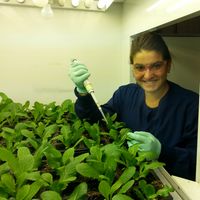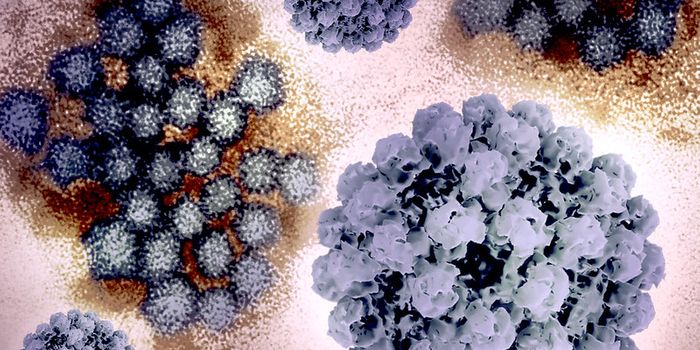Candida auris is a type of yeast identified as an opportunistic pathogen that can cause severe illness in hospitalized patients. It can cause wound, ear, lung, and bladder infections. The yeast can enter the bloodstream, leading to sepsis, and is resistant to commonly used antifungal drugs.
First identified in Japan in 2009, Candida auris is a novel type of yeast that has caused outbreaks on 5 continents and subsequently labelled as an emerging public health threat. Credit: Legionella Control International
The Centers for Disease Control and Prevention lists 3 main reasons on its website as to why it is particularly concerned about C. auris. First, it is multi-drug resistant. Second, it is difficult to identify using standard laboratory methods. And finally, it has caused outbreaks in healthcare settings.
Scientists believe that the increasing prevalence of C. auris-related infections is due to the increasing use of antibiotics and antifungals. A study performed in India found that C. auris was isolated from 19 out of 27 intensive care units (ICUs).
C. auris has been found to be commonly misidentified as other Candida species using phenotypic and biochemical methods. More recently the advancement and development of molecular methods, specifically polymeric chain reaction (PCR), have shown promise for accurate and rapid detection of C. auris.
Multiple questions remain regarding the source of contamination and natural habitat of C. auris. Due to this lack of knowledge, scientists are unable to predict whether the organism will remain a cause of concern or if the incidence will decline. More research is needed to address the current questions remaining about the pathogenesis and future impacts of C. auris on global public health.
Sources: Clinical Microbiology Reviews, CDC









